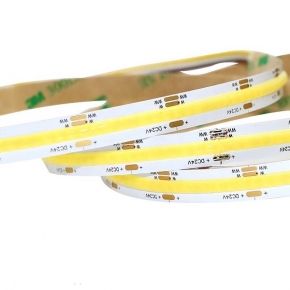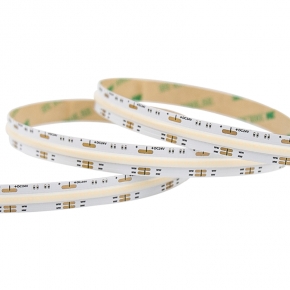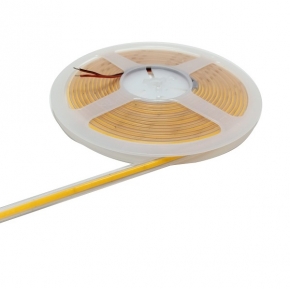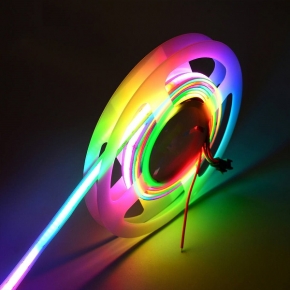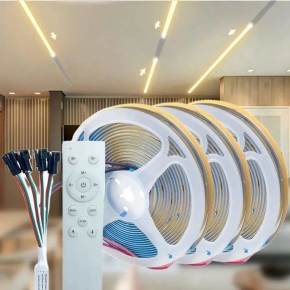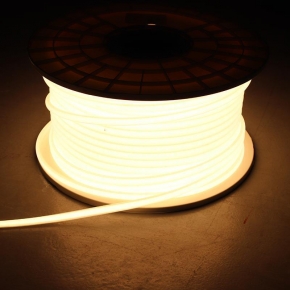Choosing the Right LED Power Supply for Your LED Strip Lights: A Comprehensive Guide
Choosing the Right LED Power Supply for Your LED Strip Lights: A Comprehensive Guide
Introduction
When integrating LED strip lights into your lighting projects, selecting the appropriate LED power supply is crucial. The right power supply ensures optimal performance, safety, and longevity for your LED strip lights. This guide provides a detailed breakdown of the factors to consider when choosing an LED power supply for your LED strip lights.
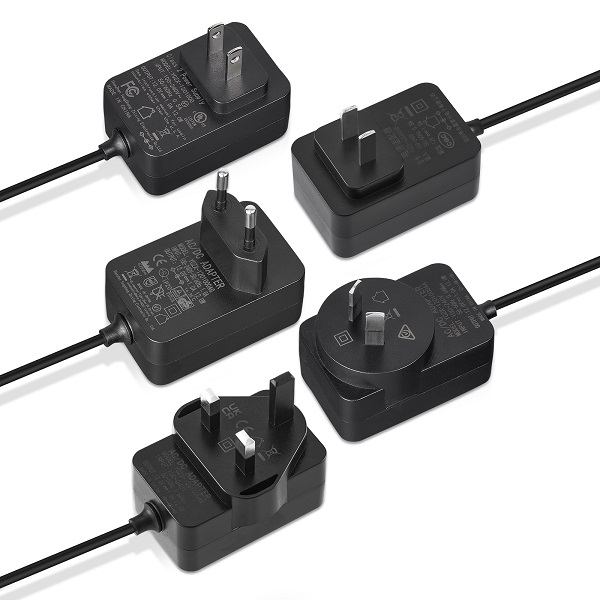
Key Considerations When Choosing an LED Power Supply
1. Voltage Compatibility
· DC12V vs. DC24V: LED strip lights commonly operate on DC12V or DC24V. Ensure that the power supply matches the voltage requirements of your LED strip lights.
· Constant Voltage vs. Constant Current: LED strip lights typically use constant voltage power supplies. However, some high-end strips might require constant current power supplies for consistent brightness.
2. Wattage Requirements
· Total Wattage Calculation: Calculate the total wattage of your LED strip lights based on their wattage per meter and the total length you plan to install.
· Over-Provision: It's recommended to choose a power supply with a wattage that is 20% higher than the total wattage of your LED strip lights to account for inefficiencies and future expansions.
3. Waterproof Rating
· Indoor vs. Outdoor Use: If your LED strip lights will be used outdoors or in damp environments, choose a waterproof power supply with an appropriate IP rating (e.g., IP65, IP67).
4. Dimming Capabilities
· Dimmable LED Strips: If you plan to use dimmable LED strip lights, ensure that your power supply supports dimming and is compatible with the dimming protocol (e.g., PWM, 0-10V, DALI, DMX).
5. Safety and Protection Features
· Certifications: Look for power supplies with safety certifications like UL, CE, or RoHS.
· Protection Functions: Ensure the power supply includes protection against over-current, over-temperature, short-circuits, and open-circuits.
6. Physical Characteristics
· Size and Form Factor: Choose a power supply that fits your installation space and is easy to mount.
· Cooling: Ensure the power supply has adequate cooling to prevent overheating, especially if it will be operating at high wattages.
7. Brand and Reliability
· Reputable Brands: Opt for power supplies from reputable brands known for their quality and reliability.
· Warranty: Look for power supplies that come with a good warranty to cover any potential issues.
Installation and Connection Tips
· Polarity: Ensure that the positive and negative connections of your LED strip lights are correctly matched with the power supply.
· Voltage Drop: Use thicker copper cables for long runs to minimize voltage drop, which can affect brightness.
· Heat Dissipation: Install the power supply in a well-ventilated area to ensure proper heat dissipation.
Conclusion
Choosing the right LED power supply for your LED strip lights is essential for ensuring optimal performance and safety. By considering factors such as voltage compatibility, wattage requirements, waterproof rating, dimming capabilities, safety features, physical characteristics, brand reliability, and installation tips, you can make an informed decision that meets your needs.
Ready to illuminate your space with the perfect LED strip lights? Contact LEDWAY Lighting today at sales2@ledwaylighting.com to explore our wide range of high-quality LED strip lights and power supplies. Our team of experts is here to help you select the ideal solution for your lighting project.

